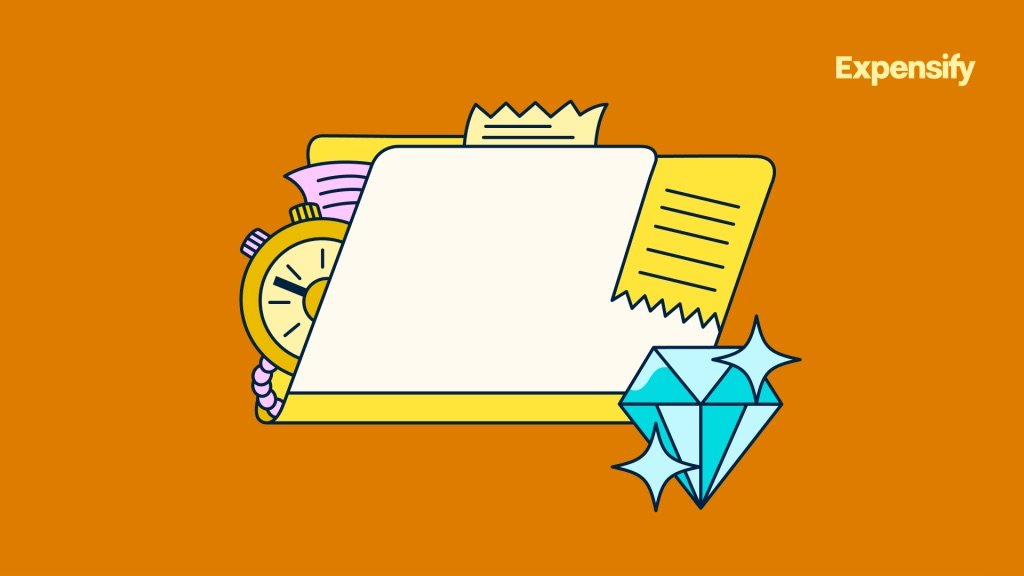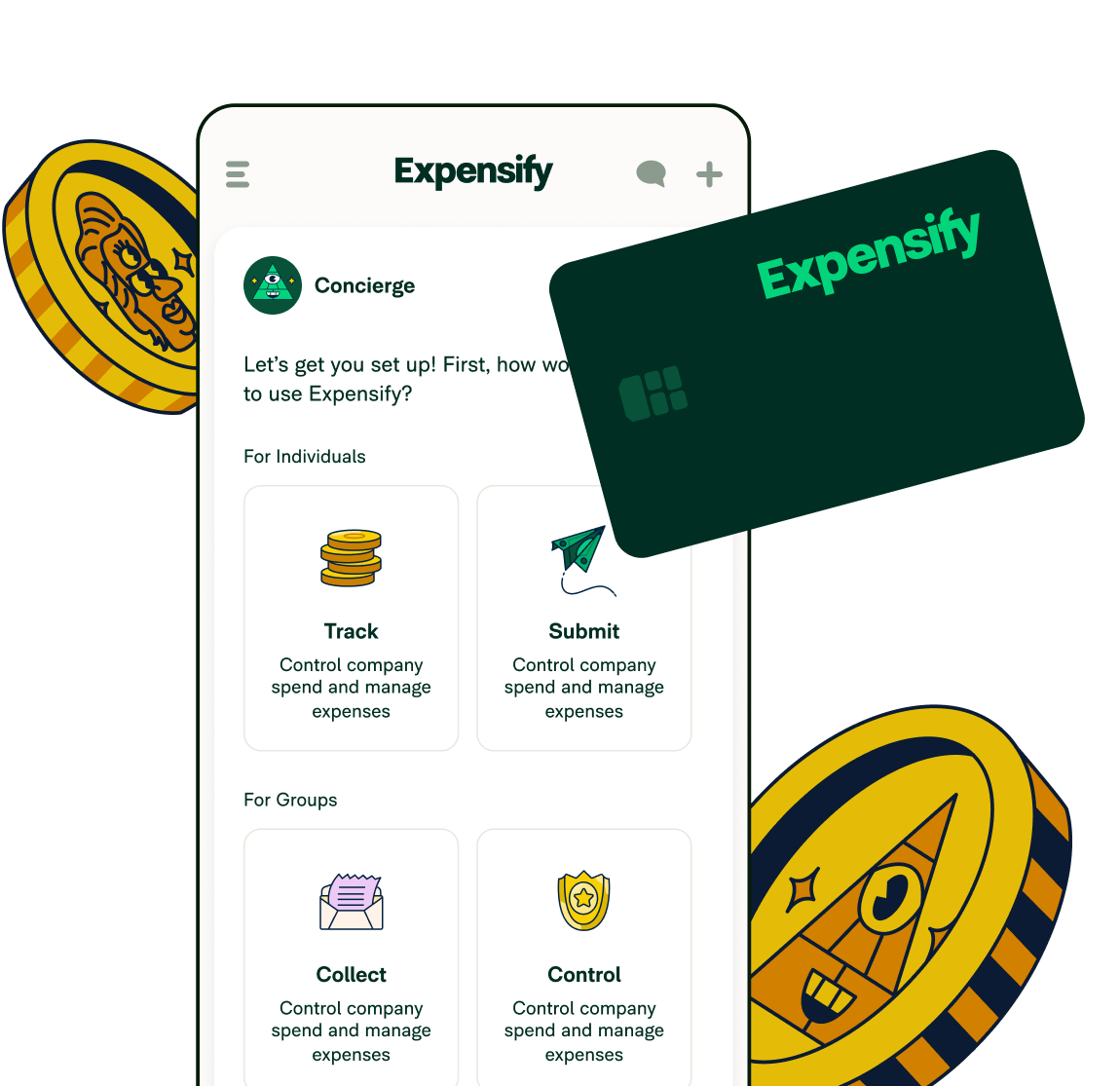6 steps for selecting software for a small business

In the exciting and dynamic landscape of small business start-ups, selecting the right software is a pivotal decision that can make a big impact on your business. Effective software can streamline processes, and significantly contribute to overall business efficiency, all while saving time and money.
Small businesses may require inventory management for selling goods, project and cost management for client projects, streamlined workflows for their teams, or a CRM to manage customer relationships. While numerous software options cater to these tasks, the financial aspect of a small business is the heartbeat and arguably the most crucial to begin with.
Efficient financial management directly contributes to the overall health and sustainability of the business, ensuring year-on-year growth. Prioritizing this software above all else will mitigate financial repercussions in the long run.
In this guide, we’ll navigate the essential steps of the software selection process for any system you feel you need for your business, and hopefully empower you to make informed decisions to help narrow down the selection process. Let’s get started!
6 steps in the software selection process:
Define your immediate needs: Clearly outline the specific functionalities your business requires from the software, determine your immediate needs, and outline the steps necessary to achieve these goals. Identify any aspect of your business that consumes significant time that you wish you could automate. Are there operational challenges acting as blockers to progress in your current business state? Are there two similar problems that could be offered by one software? Expensify is known as an expense management solution and most companies have started using us for this purpose. But we also offer invoicing, bill pay, and corporate cards, effectively solving more than one problem. Identifying this is a great start.
Explore options: Research and compare various software solutions available in the market, taking into account user reviews and testimonials and what problems they will solve for you. Platforms like G2 can provide valuable insights from real users, guiding your decision-making process.
Consider scalability: Ensure the software you are considering has the flexibility to adapt as your business grows. Your software should grow with you, accommodating your expanding needs as you gain more and more success. You may not need all the bells and whistles just yet, but if you have ambitious plans for the next decade, check that the software can keep up.
Check user-friendliness: Choose software that is intuitive and user-friendly to ensure a seamless integration process. Every software can seem daunting at first, but well-built platforms generally mean you and your team can get the hang of things quickly. A user-friendly interface is key to maximizing efficiency and reducing the learning curve for your team.
Evaluate integration capabilities: Look for software that effortlessly integrates with your current systems (if you have any) to create a unified digital environment. This integration ensures smooth collaboration between different tools, enhancing overall efficiency. If you aren’t using anything now but plan to in the future, check and see what systems will be able to integrate with it eventually.
Make use of free trials: Most reputable software offers free trials. Use this time to explore, test, and evaluate the platform. Expensify offers a generous 6-week free trial, providing ample time for small businesses to do a comprehensive assessment. If you find yourself running out of trial time, request an extension.
Choosing the right software for a small business is a strategic decision that influences the daily operations and long-term success of the enterprise. By prioritizing business efficiency, small business owners can navigate the software selection process with confidence. Remember, the goal is to empower your business with tools that facilitate growth and sustainability for long-term success.
When you’re ready for a comprehensive spend management solution, reach out to us and we would be delighted to help you start your free trial!








